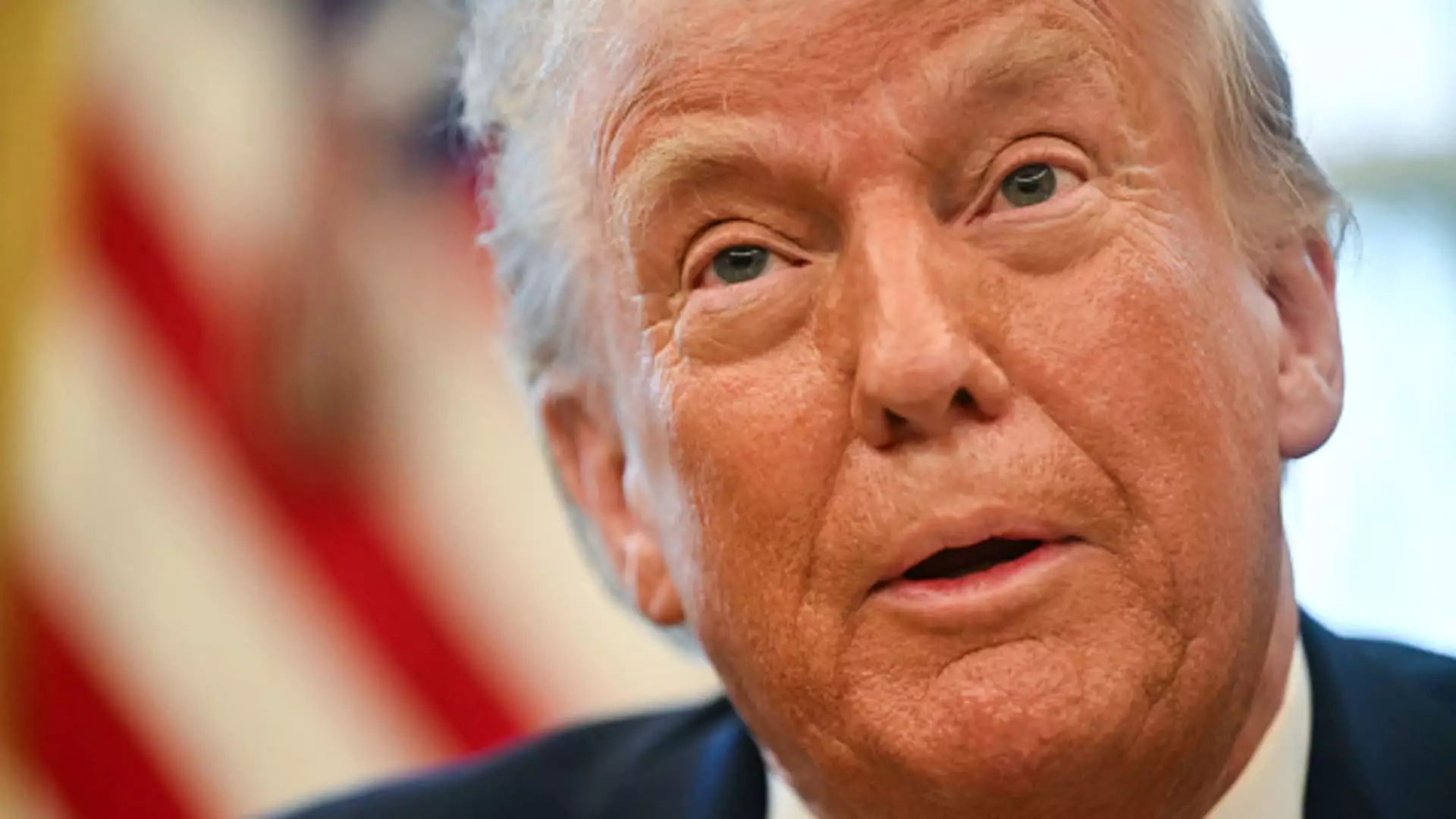In a significant policy move, President Donald Trump recently signed an executive order aimed at establishing a government-run sovereign wealth fund. This fund is designed not only as an economic development instrument but also as a potential avenue for acquiring stakes in major companies, including the popular social media platform TikTok. With stated goals of enhancing infrastructure across the United States—such as airports and highways—the fund embodies an ambitious strategy to bolster America’s economic standing both domestically and globally.
Treasury Secretary Scott Bessent articulated an optimistic timeline, suggesting that the fund could be operational within a year. He emphasized the need to utilize the U.S. balance sheet’s assets for the benefit of American citizens. This juxtaposition of public funds and private investments raises essential questions about governmental roles in economic development. The administration hints at a hybrid model, wherein liquid and fixed assets will be mobilized to spearhead growth initiatives.
Despite the bold vision, there are critical hurdles that need addressing. Historically, sovereign wealth funds are characteristic of smaller nations possessing abundant natural resources and fiscal surpluses. Countries like Norway and Singapore successfully utilize their wealth funds to engage in global financial markets, often guided by strategic investment principles. However, the U.S. contends with entrenched budget deficits which complicate the feasibility of such a fund.
Trump’s administration proposes innovative funding methods, such as using tariffs to bolster resources for the sovereign fund. While other nations explore taxes on natural resources and carbon transactions, the U.S.’s approach appears both novel and precarious. The idea of supporting national advancements through imposed tariffs may face substantial legislative and public scrutiny, potentially hampering the fund’s inception.
Should the fund materialize, its implications may extend beyond mere economics—blurring the lines between investment strategy and foreign policy. The administration has suggested that the fund could enhance U.S. influence in strategic global locations such as Panama and Greenland. By investing in these regions, the U.S. could counterbalance Chinese and Russian presence and foster partnerships that align with its geopolitical interests.
Furthermore, Trump’s direct link between the fund and acquiring TikTok underscores how intertwined economic strategy is with national security concerns. The administration’s previous actions against TikTok, tied to broader tensions regarding data security and foreign ownership, highlight the complex relationship between technology and investment.
Critics of sovereign wealth funds often point to potential governance issues, proposing that a lack of transparency might lead to conflicts of interest and corruption. For the U.S. fund to succeed and gain public trust, stringent oversight and accountability measures will be crucial. Establishing clear governance frameworks will not only help mitigate risks but also reassure stakeholders about the fund’s long-term intentions.
Overall, the idea of launching a U.S. sovereign wealth fund encapsulates both promise and peril. The potential for economic development and international influence exists alongside significant challenges of funding, governance, and public perception. For the initiative to thrive, a careful balance must be struck between ambition and pragmatism, ensuring that the interests of American citizens remain at the forefront of this bold new venture.

